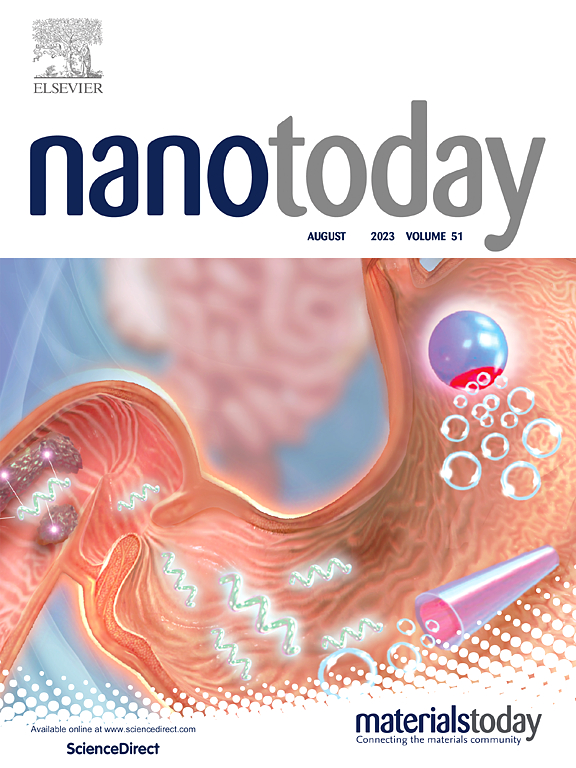具有不同聚合物骨架的聚合物药物共轭物的治疗和响应释放机制
IF 13.2
1区 材料科学
Q1 CHEMISTRY, MULTIDISCIPLINARY
引用次数: 0
摘要
聚合物-药物共轭物(PDC)已成为一种先进的给药策略。将治疗或诊断药物与聚氨酯、聚酯、RAFT 基聚合物和聚(氨基酸)等聚合物共轭具有多种优势,包括提高药物溶解度、控制释放、降低免疫原性、延长循环时间、改善安全性和提高疗效。最近的研究广泛集中于设计高效的肿瘤微环境(TME)响应型 PDC,从而在癌症诊断和治疗方面取得了重大进展。本综述讨论了 PDC 的合理设计、响应性释放机制、理化特性以及各种聚合物系统的最新发展。我们根据骨架设计对 PDC 进行了分类,包括聚氨酯、聚酯、RAFT 聚合物和聚氨基酸。此外,我们还强调了 PDC 对 TME 的响应性,突出了它在各种肿瘤疗法中的关键作用。最后,我们探讨了 PDC 目前面临的挑战,并对未来研究提出了展望,为这一技术的实用性和潜力提供了见解。我们希望这篇综述能成为选择和优化 PDCs 的宝贵资源,促进它们未来在癌症治疗中的应用。本文章由计算机程序翻译,如有差异,请以英文原文为准。
Therapeutic and responsive release mechanisms of polymer drug conjugates with diverse polymer skeletons
Polymer-drug conjugates (PDCs) have emerged as an advanced strategy in the drug delivery. The conjugation of therapeutic or diagnostic agents to polymers, such as polyurethane, polyester, RAFT-based polymers, and poly(amino acid)s, presents several advantages, including enhanced drug solubilization, controlled release, reduced immunogenicity, prolonged circulation, improved safety, and increased efficacy. Recent research has focused extensively on engineering efficient tumor microenvironment (TME)-responsive PDCs, leading to significant advancements in cancer diagnosis and therapy. This review discusses the rational design, mechanisms of responsive release, physicochemical properties, and recent developments in various polymer systems for PDCs. We categorize PDCs based on their skeletal designs, including polyurethane, polyester, RAFT polymers, and polyamino acids. Additionally, we emphasize the TME responsiveness of PDCs, highlighting its critical role in various tumor therapies. Finally, we address the current challenges faced by PDCs and offer perspectives for future research, providing insights into the utility and potential of this technology. We hope this review serves as a valuable resource for the selection and optimization of PDCs, facilitating their future applications in cancer therapeutics.
求助全文
通过发布文献求助,成功后即可免费获取论文全文。
去求助
来源期刊

Nano Today
工程技术-材料科学:综合
CiteScore
21.50
自引率
3.40%
发文量
305
审稿时长
40 days
期刊介绍:
Nano Today is a journal dedicated to publishing influential and innovative work in the field of nanoscience and technology. It covers a wide range of subject areas including biomaterials, materials chemistry, materials science, chemistry, bioengineering, biochemistry, genetics and molecular biology, engineering, and nanotechnology. The journal considers articles that inform readers about the latest research, breakthroughs, and topical issues in these fields. It provides comprehensive coverage through a mixture of peer-reviewed articles, research news, and information on key developments. Nano Today is abstracted and indexed in Science Citation Index, Ei Compendex, Embase, Scopus, and INSPEC.
 求助内容:
求助内容: 应助结果提醒方式:
应助结果提醒方式:


